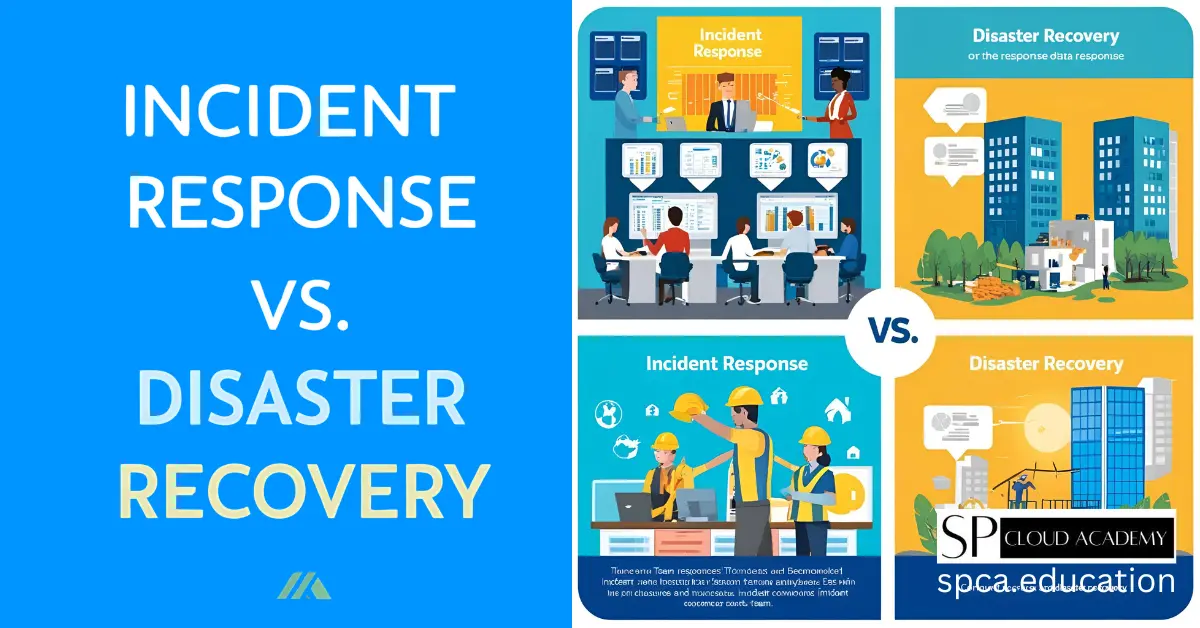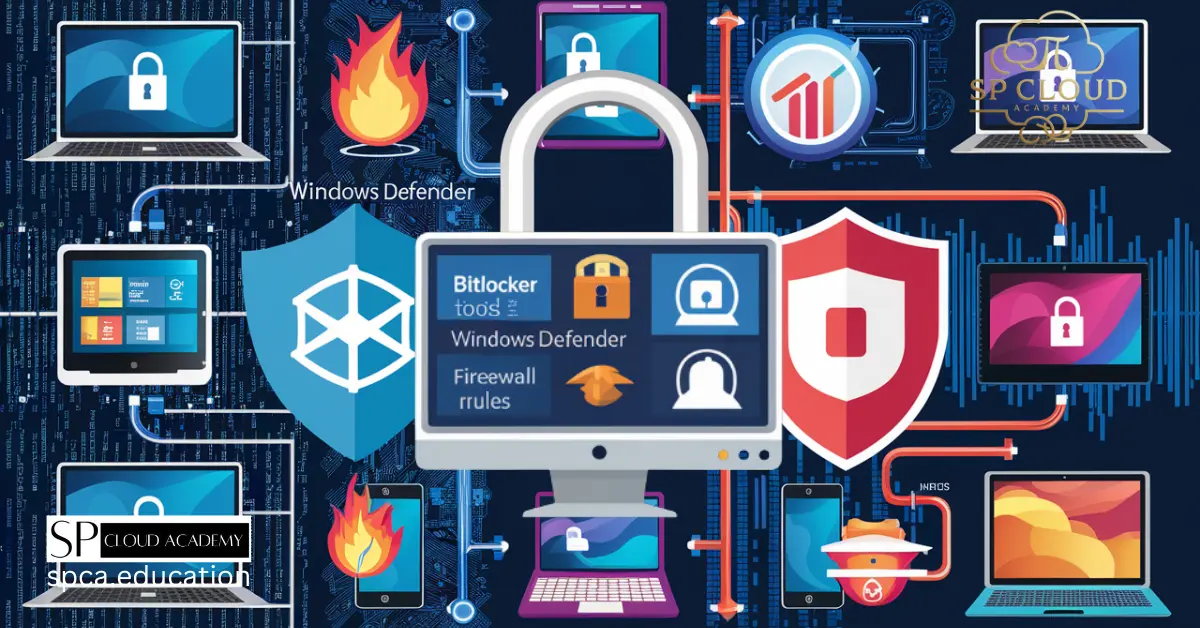In today’s digital age, data breaches have become an increasingly common threat to both individuals and businesses. With the rise of cybercrime, sensitive information such as personal details, financial records, and business data are at constant risk of being exposed. The consequences of a data breach can be devastating, ranging from financial losses to reputational damage and even legal repercussions.
This comprehensive guide will delve into the world of data breaches, exploring what they are, how they happen, and most importantly, how you can protect your personal and business information from falling into the wrong hands. Whether you’re an individual looking to safeguard your online presence or a business owner aiming to secure your company’s data, this article will provide you with actionable strategies to mitigate the risks.
Understanding Data Breaches
What is a Data Breach?
A data breach occurs when unauthorized individuals gain access to confidential, sensitive, or protected information. This can include personal data such as Social Security numbers, credit card details, and email addresses, as well as business-related information like customer databases, intellectual property, and financial records.
Data breaches can happen through various means, including hacking, phishing, malware attacks, and even physical theft of devices containing sensitive data. The goal of cybercriminals is often to exploit this information for financial gain, identity theft, or other malicious purposes.
The Growing Threat of Data Breaches
The frequency and severity of data breaches have skyrocketed in recent years. According to a report by RiskBased Security, over 36 billion records were exposed in data breaches in 2023 alone. High-profile breaches involving major corporations, government agencies, and even healthcare institutions have highlighted the pervasive nature of this threat.
The rise of remote work, cloud computing, and the Internet of Things (IoT) has further expanded the attack surface for cybercriminals. As more data is stored and transmitted online, the opportunities for breaches have multiplied, making it essential for individuals and businesses to prioritize cybersecurity.
How Data Breaches Happen
Common Causes of Data Breaches
- Phishing Attacks: Cybercriminals use deceptive emails, messages, or websites to trick individuals into revealing sensitive information, such as login credentials or credit card numbers.
- Malware and Ransomware: Malicious software can infiltrate systems, steal data, or lock users out of their devices until a ransom is paid.
- Weak Passwords: Simple or reused passwords make it easy for hackers to gain unauthorized access to accounts.
- Insider Threats: Employees or contractors with access to sensitive data may intentionally or unintentionally expose it.
- Unpatched Software: Failing to update software and systems leaves vulnerabilities that hackers can exploit.
- Physical Theft: Stolen laptops, smartphones, or storage devices can lead to data breaches if they contain unprotected information.
Real-Life Examples of Data Breaches
- Equifax (2017): A vulnerability in the company’s website led to the exposure of sensitive data belonging to 147 million people, including Social Security numbers and credit card information.
- Yahoo (2013-2014): Over 3 billion user accounts were compromised in one of the largest data breaches in history.
- Marriott International (2018): Hackers accessed the personal information of approximately 500 million guests, including passport numbers and payment details.
These examples underscore the importance of robust cybersecurity measures to prevent similar incidents.
The Impact of Data Breaches
On Individuals
For individuals, a data breach can result in identity theft, financial fraud, and emotional distress. Stolen personal information can be used to open fraudulent accounts, make unauthorized purchases, or even commit crimes in the victim’s name. The process of recovering from identity theft can be time-consuming and costly.
On Businesses
For businesses, the consequences of a data breach can be even more severe. Beyond financial losses, companies may face legal penalties, regulatory fines, and damage to their reputation. Customers may lose trust in the organization, leading to a decline in sales and market share. Additionally, businesses may incur significant costs related to investigating the breach, notifying affected parties, and implementing stronger security measures.
How to Protect Your Personal Information
1. Use Strong, Unique Passwords
- Create complex passwords that include a mix of letters, numbers, and special characters.
- Avoid using the same password for multiple accounts.
- Consider using a password manager to generate and store secure passwords.
2. Enable Two-Factor Authentication (2FA)
- 2FA adds an extra layer of security by requiring a second form of verification, such as a code sent to your phone, in addition to your password.
3. Be Cautious of Phishing Attempts
- Avoid clicking on suspicious links or downloading attachments from unknown sources.
- Verify the authenticity of emails and messages before providing any personal information.
4. Keep Software and Devices Updated
- Regularly update your operating system, apps, and antivirus software to protect against known vulnerabilities.
5. Monitor Your Accounts
- Regularly check your bank statements, credit reports, and online accounts for any unusual activity.
- Sign up for alerts that notify you of changes to your accounts.
6. Use Encryption
- Encrypt sensitive files and communications to prevent unauthorized access.
How to Protect Your Business Information
1. Implement a Comprehensive Cybersecurity Policy
- Develop and enforce policies that outline best practices for data protection, including password management, email security, and device usage.
2. Train Employees
- Educate staff on recognizing and responding to potential threats, such as phishing emails and social engineering attacks.
- Conduct regular cybersecurity training sessions to keep employees informed about the latest risks.
3. Secure Your Network
- Use firewalls, intrusion detection systems, and virtual private networks (VPNs) to protect your network from unauthorized access.
- Segment your network to limit the spread of malware in case of a breach.
4. Regularly Back Up Data
- Perform frequent backups of critical data and store it in a secure, offsite location.
- Test your backups to ensure they can be restored in the event of a breach or ransomware attack.
5. Conduct Risk Assessments
- Identify and address vulnerabilities in your systems and processes through regular risk assessments.
- Implement measures to mitigate identified risks.
6. Partner with Cybersecurity Experts
- Work with reputable cybersecurity firms to conduct audits, monitor threats, and respond to incidents.
What to Do If You’re Affected by a Data Breach
For Individuals
- Change Your Passwords: Immediately update the passwords for any compromised accounts.
- Monitor Your Credit: Place a fraud alert or credit freeze on your credit reports to prevent unauthorized accounts from being opened in your name.
- Report the Breach: Notify relevant authorities, such as your bank, credit card company, and local law enforcement.
- Stay Vigilant: Be on the lookout for signs of identity theft, such as unfamiliar charges or accounts.
For Businesses
- Contain the Breach: Identify and isolate affected systems to prevent further damage.
- Notify Affected Parties: Inform customers, employees, and partners about the breach and provide guidance on how to protect themselves.
- Investigate the Incident: Determine the cause and extent of the breach to prevent future occurrences.
- Review and Improve Security Measures: Update your cybersecurity policies and practices based on lessons learned from the breach.
The Future of Data Security
As technology continues to evolve, so too will the methods used by cybercriminals. Emerging trends such as artificial intelligence (AI), quantum computing, and 5G networks present both opportunities and challenges for data security. To stay ahead of the curve, individuals and businesses must remain proactive in adopting advanced security measures and staying informed about the latest threats.
Conclusion
Data breaches are a serious and growing threat in our interconnected world. By understanding how they occur and taking proactive steps to protect your personal and business information, you can significantly reduce the risk of falling victim to a breach. Remember, cybersecurity is not a one-time effort but an ongoing process that requires vigilance, education, and adaptation to new challenges.
Whether you’re an individual or a business owner, the time to act is now. Implement the strategies outlined in this guide, stay informed about emerging threats, and prioritize data security in all aspects of your digital life. By doing so, you can safeguard your information and enjoy greater peace of mind in an increasingly complex digital landscape.
See Also
-

Incident Response vs. Disaster Recovery: The Ultimate Cybersecurity Battle Explained!
-

Data Breaches Exposed: How to Protect Your Personal and Business Information
-

Digital Forensics Explained: How Experts Uncover Hidden Evidence in Cyber Crimes
-

Ethical Hacking: The Skills, Tools, and Certifications You Need
-

The 10 Best Authenticator Apps to Secure Your Online Accounts in 2025
-

Top 10 Cybersecurity Tools You Need to Protect Your Digital Life in 2025
-

Protect Yourself Online: The Ultimate Guide to Personal Cybersecurity
-

The Ultimate Guide to Securing Your System with BitLocker, Windows Defender, and Firewall Rules
-

How McAfee Total Protection Shields You from Cyber Threats